How To Support Creative Development In Early Childhood
Every child is born with an innate creativity that, if nurtured and encouraged, can flourish and lead to lifelong benefits, both personal and professional. In the early years, children possess a natural curiosity to explore and understand the world around them. As they grow, they develop tools like problem-solving, critical thinking, and self-expression through their creative instincts.
Providing children with opportunities to experience diverse activities in a supportive environment is crucial for building a strong foundation for their creative development. This blog post will discuss the significance of encouraging creativity in early childhood and provide parents and educators practical suggestions and advice on how to foster a stimulating environment for the young minds in their care. Join us as we dive into the world of imagination and help our children thrive in their creative journey.
Provide an array of diverse materials and creative resources
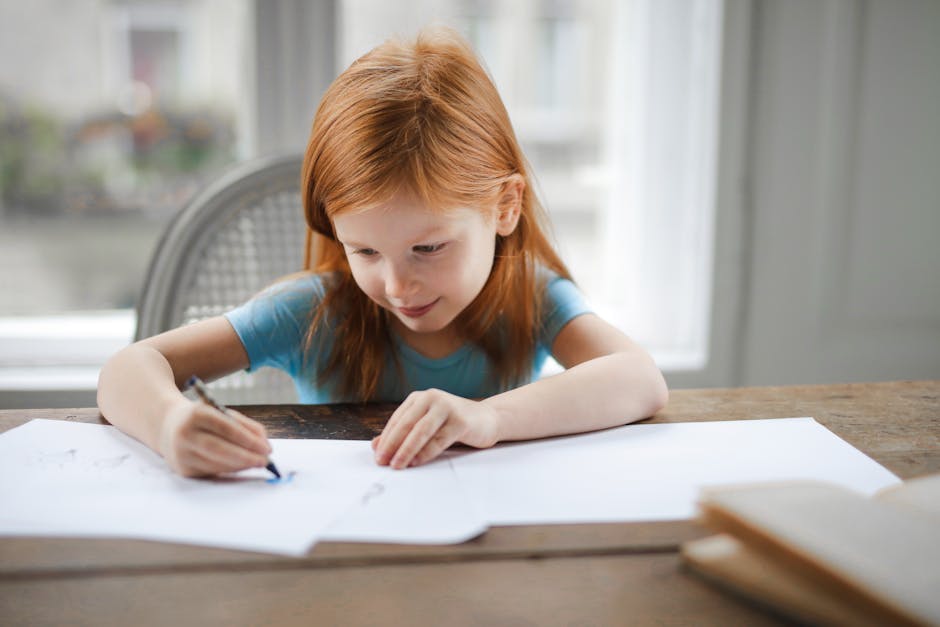
Nurturing creativity in young minds begins with offering a plethora of diverse, engaging materials and creative resources. By broadening the range of supplies available, children can explore various textures, patterns, and colors, which are vital components of artistic expression. Some examples of materials to include are:
- Various types and sizes of paper - Non-toxic paints and crayons - Stamps and ink pads - Textured items, clothing, and fabrics - Plastic and natural objects, like buttons, shells, or leaves - Reusable materials like cardboard tubes and boxes
Offering these resources not only encourages children to experiment and discover their artistic talents, but it also helps them develop essential cognitive skills, like shape and color recognition. By providing a wide variety of creative materials, you're fostering an environment that supports creative development in early childhood.
Dedicate a designated space for creativity and expression
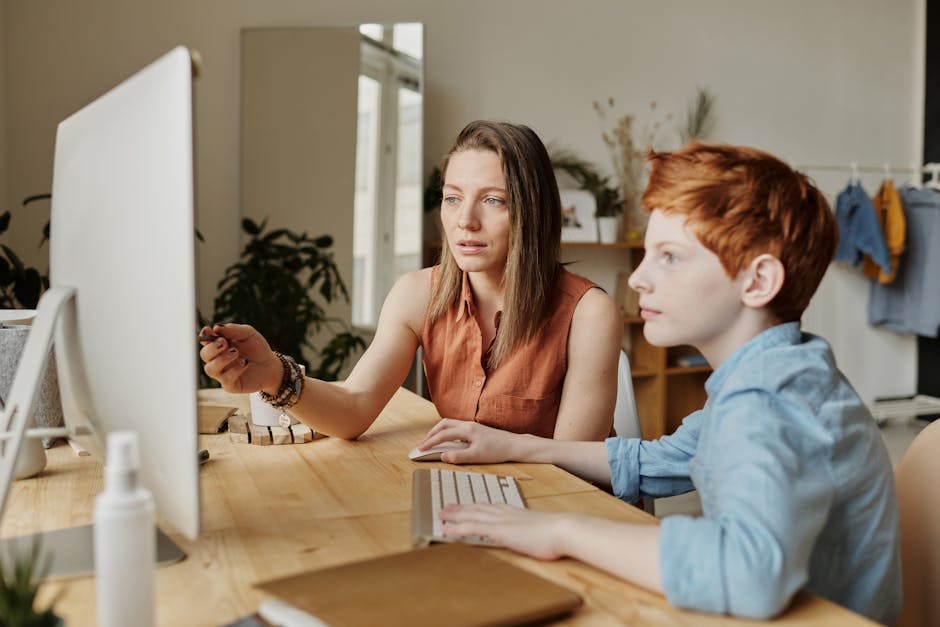
Dedicating a designated space for creativity and expression is crucial in supporting the creative development of young minds. This special area allows children the freedom to experiment, make messes, and explore their imagination without limitations.
When designing your designated creative space, ensure it is stocked with a variety of materials such as paper, pencils, markers, crayons, glue, and scissors to spark inspiration. Consider providing access to musical instruments, costumes, and building blocks to encourage a wide range of creative endeavors.
The space should be both accessible and visually appealing to young children, promoting a sense of ownership and responsibility for their creative projects. Encourage your child to take the lead in organizing and maintaining the space, fostering independence and self-motivation.
Finally, remember to allow for flexibility and adapt the space as your child's interests and abilities evolve. By investing in a dedicated creative environment, you are supporting your child's capacity for self-expression, innovation, and critical thinking in early childhood.
Allow children to follow their own interests and passions
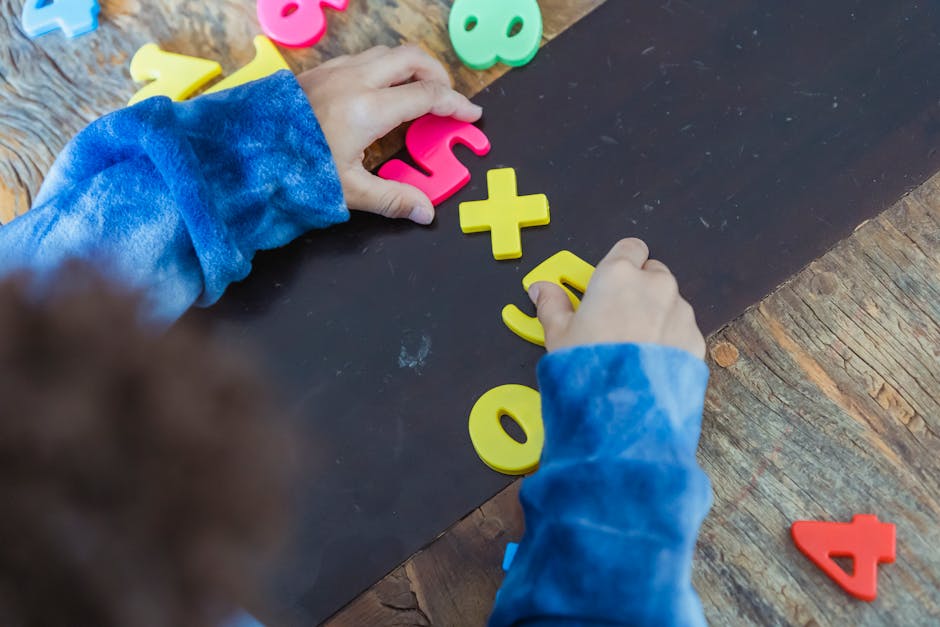
When it comes to fostering creativity in young minds, allowing children to follow their own interests and passions is vital. This not only empowers them as individuals, but also helps build their self-confidence in exploring the world around them.
Children have an innate curiosity and are drawn to the experiences that resonate with them most. By observing their unique preferences and tendencies, we can support their creative development in the most effective way.
Encourage children to choose their own activities and projects, be it painting, solving puzzles, learning new instruments or participating in sports. Additionally, it's important to provide a wide range of materials and resources for them to explore.
Ask open-ended questions about their ideas and creations, and serve as an active listener during their expressive moments. Show appreciation for their effort, even if the end result is not what they (or you) initially envisioned.
Remember, it's not about achieving perfection, but rather nurturing their curiosity and passion for learning and creation. In doing so, we pave the way for a lifetime of creativity, critical thinking, and innovation.
Model creative behavior and foster a creative environment
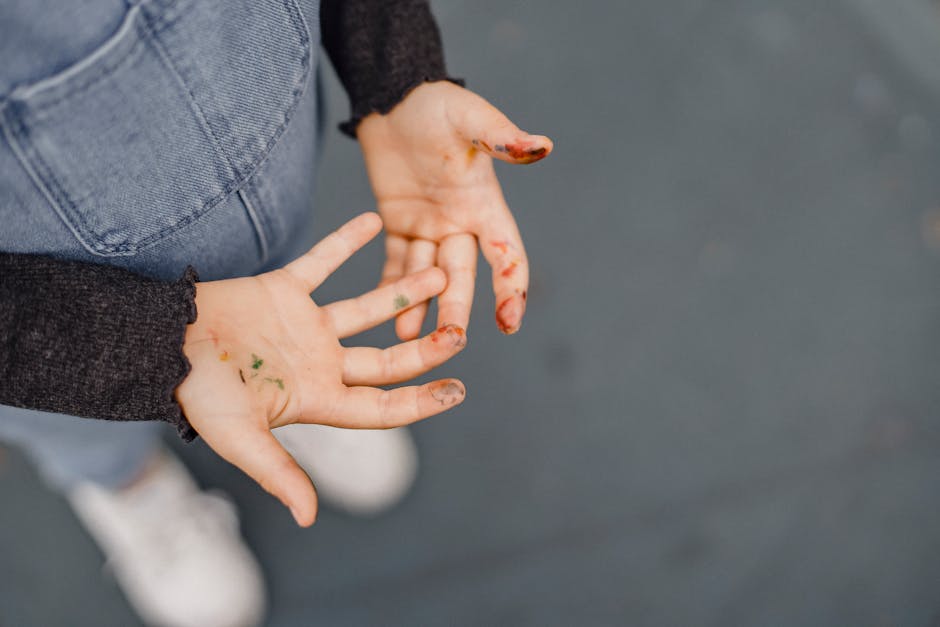
Modeling creative behavior and fostering a creative environment go hand in hand when it comes to supporting a child's creative development. As adults, we can lead by example and show our children that we, too, enjoy expressing our creativity, whether it be through playing an instrument, painting, dancing, or cooking.
Create a space in your home where your child's imagination can flourish. This can be a designated "art corner" with various supplies like paper, paint, and markers, or a well-stocked "dress-up" wardrobe full of costumes and props for imaginative play. Encourage your child to explore different art forms and mediums, and provide plenty of opportunities for them to exercise their creativity.
Remember to keep the atmosphere light and fun while reinforcing the idea that creativity can be both enjoyable and fulfilling. With a supportive environment and a parental role model, your child will realize the importance of nurturing their own creative development.
Integrate open-ended questions and activities into daily routines
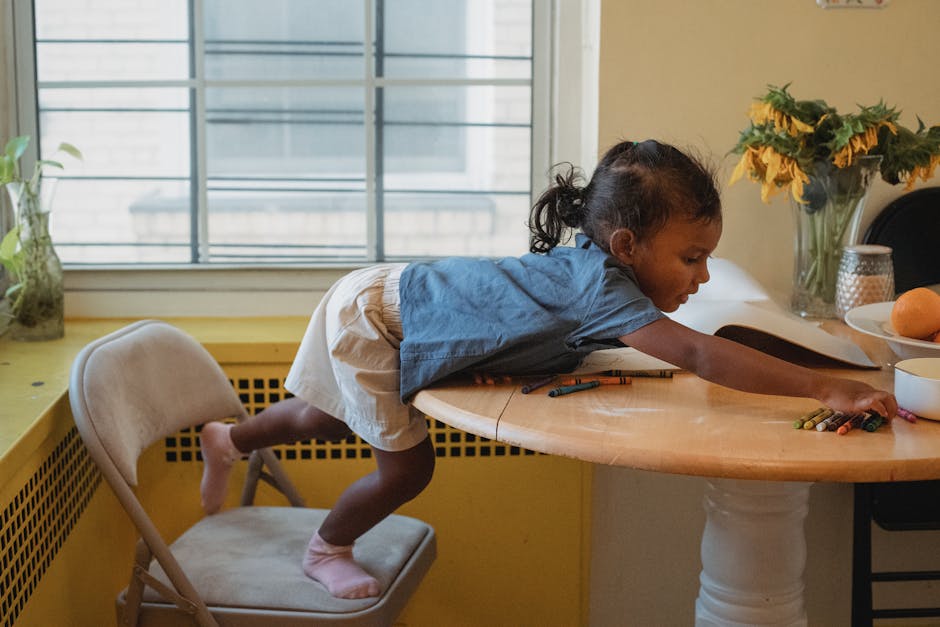
Integrating open-ended questions and activities into daily routines is a powerful way to support creative development in early childhood. By doing so, we encourage children to explore, experiment, and express their thoughts and feelings freely.
Start by incorporating simple, open-ended questions into everyday conversations, such as "What do you think will happen if...?" or "How would you solve this problem?" These questions stimulate curiosity and critical thinking.
Additionally, make time for unstructured play, where children can engage in activities without predefined rules or expectations. Provide a variety of materials, such as paper, crayons, playdough, and building blocks, allowing them to experiment and create their unique masterpieces.
Remember to celebrate their creative efforts and acknowledge that multiple solutions can exist for any given problem. By doing so, we empower children to trust their instincts, take risks, and embrace their creativity.
Encourage problem-solving and critical thinking skills
Encouraging problem-solving and critical thinking skills in young children is essential for their cognitive development and creative growth. By exposing them to different scenarios, challenges, and questions, we allow them to sharpen their intuition and curiosity.
One great way to accomplish this is through play-based learning. Opt for educational toys and games that encourage brainstorming, hypothesizing, and evaluating options. Introduce puzzles, riddles, and brainteasers that make them think critically and systematically.
In everyday interactions, prompt open-ended questions that stimulate their thought process. Avoid giving them immediate answers; instead, help them evaluate and analyze various scenarios and solutions. This practice not only cultivates creativity but also bolsters confidence in their ability to solve problems independently.
Additionally, allowing children to make mistakes and face consequences lets them learn and grow through trial and error. It's essential to create a safe space that supports this process, emphasizing the value of learning from errors and embracing the journey of discovery.
Celebrate and validate all creative efforts, regardless of the outcome
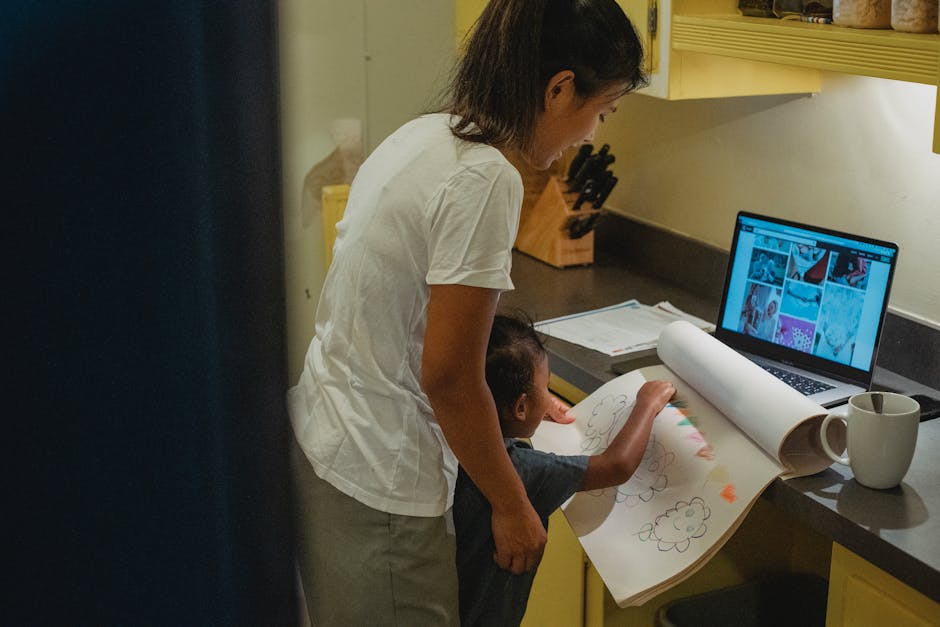
Celebrating and validating every creative effort in a child's early development is crucial for nurturing their creative potential. Regardless of the outcome, showing appreciation for their attempts and encouraging their continued exploration of various ideas and mediums is key.
It may be as simple as acknowledging the colors they chose for a drawing, applauding their unconventional building creation, or listening intently to their imaginative stories. This approach not only boosts their confidence, but also values the process over the product.
Provide constructive feedback and ask open-ended questions to further stimulate their creativity. For example, "What inspired you to use these colors?" or "What happens next in the story?" By doing so, we encourage children to think critically and develop a sense of ownership over their creative endeavors.
Remember to be patient and provide a safe environment for them to experiment without fear of judgment. Make mistakes together, reassess, and try again. Every effort counts in this journey of creative development.
Connect children with supportive role models in creative fields
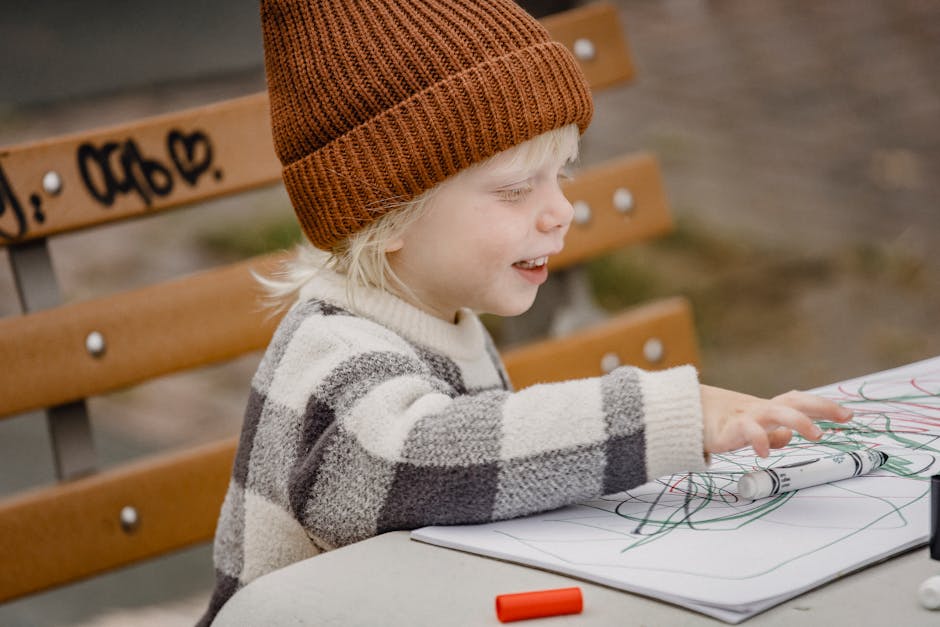
Children greatly benefit from exposure to role models who embody creativity and innovation. By introducing them to various creative professionals, we can foster an environment in which their own creativity feels attainable and valued.
To make this connection, consider organizing visits from local artists, musicians, writers, inventors or even scientists who can share their work and inspire young minds.
Another approach is to provide access to resources, such as books and documentaries, showcasing the life stories and achievements of well-known creative figures. This can spark meaningful discussions and motivate children to explore their own creative potential.
Lastly, ensure that any role models featured value the process of discovery and problem-solving, rather than focusing only on accomplishments. This will support the development of resilient and curious young creators.


